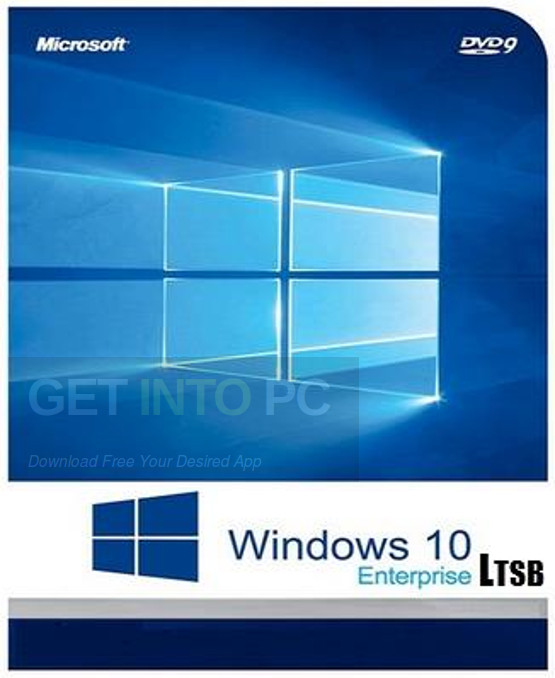

- #Windows 10 defaults how to
- #Windows 10 defaults full
- #Windows 10 defaults windows 10
- #Windows 10 defaults windows
If you want to change the defaults for multiple programs, e.g.
#Windows 10 defaults windows
If things do get reset, which happened frequently for some users on Windows 10, then you'd have to repeat the process again. While you may skip some file types and links, such as SVG for the web browser, you would end up with multiple web browsers being set as the default for certain file types.įor a web browser, this could mean having to repeat the process a significant number of times before the defaults are all changed. To make a program the default for all its registered file types and links, you'd have to click on each of the types and pick the desired application from the listing. Each type is listed separately and to make matters worse, there is no "set for all" option on the page. Brave Browser, and you get a list of all file types and link types it has registered itself to open. You may set defaults based on a file type or link or by application. When you open Settings > Apps > Default Apps, you will notice that the list of popular application types is gone. On Windows 11, things have gotten worse again. Microsoft did make the process less user friendly than in previous versions of Windows, as you can't pick a program from the system anymore when selecting defaults that is not displayed in the initial listing.

Select the web browser, pick another installed browser, and you are done. One of the options on the screen that opens is to change the defaults for common applications such as the web browser, photo viewer, video player, or music player. And hey, if you can’t get things just the way you want and you’re willing to put in a bit more work, you can always try a tool like Rainmeter, which provides near endless customization opportunity.On Windows 10, when you want to change default apps, you visit Settings > Apps > Default Apps.
#Windows 10 defaults windows 10
In short, though, this is where you’ll come to customize options like whether the taskbar is locked from moving, automatically hides when you’re not using it, uses small or large icons, and how the taskbar is handled if you have multiple displays.Īs you can see, while Windows 10 might not provide quite the depth of customization options you had in Windows 7, it still provides enough to get Windows looking pretty good.
#Windows 10 defaults full
Just like with the Start menu options, we’re not to going into detail about the Taskbar options available here because we’ve already got a full guide to customizing your taskbar in Windows 10. RELATED: 10 Ways to Customize the Windows 10 Start Menu Change Your Taskbar Options That includes what you can do on the Personalization screen as well as a bunch of other things you customize elsewhere in Windows. We’re not going to spend a lot of time here, though, because we’ve already got a full guide to all the ways you can customize your Start menu in Windows 10. You can use them to control whether to show extra tiles on each column of tiles, whether things like your most-used and recently-added apps show up above your full list of apps, and whether to open the Start menu in full-screen mode. There aren’t a whole lot of options available right on the Start personalization screen. The second option uses the accent color for the title bar of your active window. Your two options here are “Start, taskbar, and action center” and “Title bars and window borders.” The first option uses the accent color as the background for your Start menu, taskbar, and action center and also highlights certain items on those elements-such as app icons on the Start menu-with the same accent color. Alternatively, you can select the “Automatically pick an accent color from my background” to have Windows automatically match a color based on the picture you’re using as your background.Īfter picking an accent color, your next step is choosing where Windows uses that accent color. You can pick an accent color from the predefined pallet of colors, or you can click “Custom Color” to get exactly the color you want. The next set of personalization options-those in the “Colors” category-control how Windows uses color for various on-screen elements.
#Windows 10 defaults how to
RELATED: How to Set a Different Wallpaper on Each Monitor in Windows 10 Change What Colors Windows Uses and Where They also both provide more advanced tools for working with backgrounds on a single monitor. Of course, there are also third-party utilities like John’s Background Switcher and DisplayFusion, both of which can control images better on a multiple monitor setup. If you do have multiple monitors, you can set a different background picture for each monitor by using File Explorer. Unfortunately, the Personalization screen only lets you select one background, no matter how many monitors you have.


 0 kommentar(er)
0 kommentar(er)
